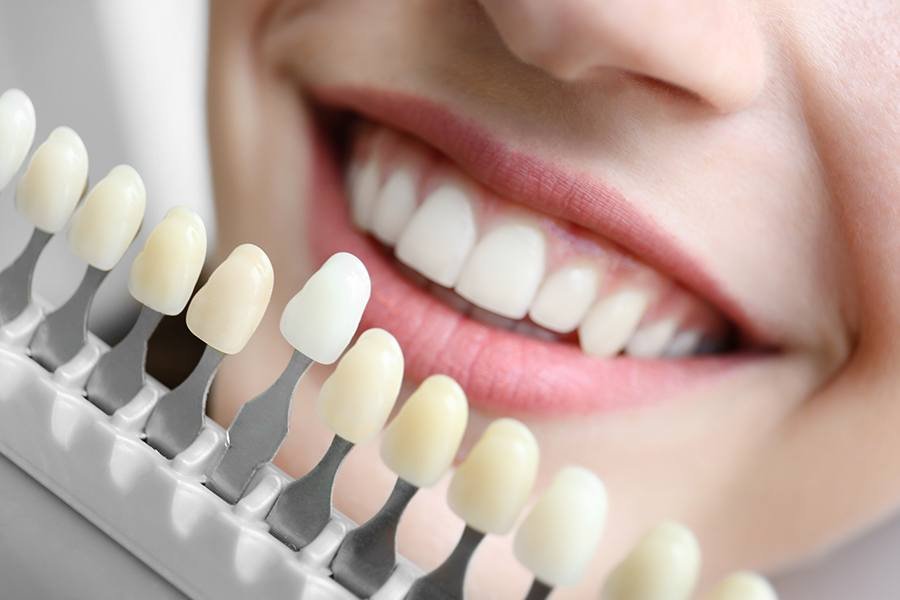Teeth whitening is a popular cosmetic procedure aimed at brightening the color of your teeth. Over time, teeth can become stained or discolored due to various factors like diet, smoking, and aging. Teeth whitening addresses these issues, helping to restore a more youthful and radiant appearance to your smile. The procedure is appealing because it offers a relatively quick and non-invasive way to enhance one’s appearance, boost self-confidence, and improve overall satisfaction with one’s smile.
There are several methods available for teeth whitening, ranging from professional treatments to over-the-counter products and natural home remedies. Each method varies in effectiveness, cost, and convenience. Choosing the right method often depends on individual needs, including the level of staining, sensitivity of the teeth, and personal preferences. Understanding the different options and how they work can help you make an informed decision about the best approach for achieving a brighter, whiter smile.
Different Methods of Teeth Whitening
Professional Whitening Treatments
In-Office Whitening
In-office whitening treatments are performed by dental professionals and are known for delivering fast and noticeable results. During this procedure, a high-concentration whitening gel is applied to the teeth. This gel is usually activated by a special light or laser, which helps to accelerate the whitening process. The procedure typically takes about an hour, and patients may need multiple sessions to achieve the desired level of whiteness. In-office treatments are highly effective and can address severe staining, but they tend to be more expensive compared to other methods.
Custom Whitening Trays
Custom whitening trays are another professional option. Your dentist will create custom-fitted trays based on molds of your teeth. These trays are then used to hold a whitening gel in place over the teeth. You’ll wear these trays for a few hours each day or overnight, depending on the recommended treatment plan. This method allows for more gradual whitening and is generally less expensive than in-office treatments. It’s effective for maintaining results after professional treatments or for achieving a gradual improvement in tooth color.
Over-the-Counter Products
Whitening Toothpastes
Whitening toothpastes are among the most accessible and affordable teeth whitening options. These toothpastes contain mild abrasives and chemical agents that help remove surface stains from the teeth. While they are effective at polishing away surface stains, they typically do not provide dramatic whitening results compared to other methods. They are best used as part of a regular oral hygiene routine to maintain the brightness of your smile and prevent new stains from forming.
Whitening Strips
Whitening strips are thin, flexible plastic strips coated with a whitening gel. They are designed to be applied to the teeth for a specified period, usually 30 minutes to an hour. These strips are available in various strengths and formulations. They can be effective at lightening teeth by several shades over a period of weeks. However, results can vary based on the initial level of staining and adherence to the product’s instructions.
Natural Home Remedies
Baking Soda and Lemon Juice
A popular natural remedy for teeth whitening is a mixture of baking soda and lemon juice. Baking soda is a mild abrasive that can help scrub away surface stains, while lemon juice has natural bleaching properties. To use this remedy, mix a small amount of baking soda with a few drops of lemon juice to form a paste. Apply the paste to your teeth and leave it on for a few minutes before rinsing thoroughly. While this method can be effective, it should be used sparingly as the acidity of lemon juice can erode tooth enamel over time.
Activated Charcoal
Activated charcoal is another natural remedy that some people use for teeth whitening. The charcoal powder is believed to absorb stains and toxins from the teeth, helping to brighten them. To use activated charcoal, dip a wet toothbrush into the powder and brush your teeth gently. After brushing, rinse your mouth thoroughly. Although some users report positive results, there is limited scientific evidence supporting the effectiveness of activated charcoal for teeth whitening, and it may not be suitable for everyone.
How Teeth Whitening Works
Teeth whitening works through the use of various whitening agents that target stains on the teeth. The most common active ingredient in whitening products is hydrogen peroxide or carbamide peroxide. These compounds break down into oxygen molecules, which penetrate the enamel and oxidize the stains, effectively lifting them from the teeth. The whitening agents work by removing or breaking down the pigmented compounds that cause discoloration.
The effectiveness of teeth whitening depends on several factors, including the type of stains, the concentration of the whitening agent, and the duration of treatment. Surface stains, such as those caused by coffee, tea, or tobacco, can often be addressed with whitening products. However, deeper stains or discoloration caused by factors like medication or trauma may require more intensive treatments or professional intervention.
Benefits of Teeth Whitening
Teeth whitening offers several benefits beyond just improving the appearance of your smile. One of the most significant advantages is the boost in self-confidence that comes with having a brighter, more attractive smile. People who are satisfied with the color of their teeth are more likely to smile freely and feel positive about their appearance.
In addition to enhanced confidence, teeth whitening can also make you look younger and more vibrant. Over time, teeth naturally yellow due to aging, and whitening can help counteract this effect. A whiter smile can also create a more youthful and energetic appearance, which can have a positive impact on social and professional interactions.
Possible Side Effects
While teeth whitening is generally safe, some individuals may experience side effects. One common issue is tooth sensitivity, which can occur when the whitening agents penetrate the enamel and reach the nerves of the teeth. This sensitivity can cause discomfort during and after treatment but usually subsides after a short period.
Another potential side effect is gum irritation. The whitening gel can sometimes come into contact with the gums, leading to redness, soreness, or irritation. To minimize these side effects, it is essential to follow the instructions provided with the whitening product and consult a dental professional if you experience any persistent issues.
Choosing the Right Teeth Whitening Method
When selecting a teeth whitening method, several factors should be considered. Your budget plays a significant role, as professional treatments tend to be more expensive than over-the-counter products or home remedies. The time commitment required for each method also varies; in-office treatments are quick but costly, while home-based options may take longer but are more affordable.
Additionally, consider the level of staining on your teeth and your desired results. If you have severe discoloration or are looking for immediate results, professional treatments might be the best option. For more gradual whitening or maintenance, over-the-counter products or home remedies could be sufficient. Consulting with a dental professional can help you determine the most suitable method based on your individual needs and preferences.
Maintaining Whitened Teeth
To keep your smile bright after whitening treatments, proper maintenance is crucial. Good oral hygiene practices, such as brushing twice a day with a whitening toothpaste and flossing daily, can help prevent new stains from forming. Regular dental check-ups and cleanings also play a vital role in maintaining your results and ensuring overall dental health.
Avoiding or minimizing consumption of stain-causing foods and beverages, such as coffee, tea, red wine, and tobacco, can help prolong the effects of whitening treatments. If you do indulge in these items, consider using a straw to reduce contact with your teeth and rinse your mouth with water afterward.
Consulting a Dental Professional
If you are considering teeth whitening, consulting a dental professional can provide valuable guidance. Dentists can assess the condition of your teeth and recommend the most effective whitening method based on your specific needs. They can also address any concerns you may have about potential side effects or interactions with existing dental conditions.
Professional advice is especially important if you have sensitive teeth, gum issues, or significant staining that may require specialized treatment. A dentist can help you navigate the options and ensure that you achieve the best possible results while maintaining your dental health.
Conclusion
In summary, teeth whitening offers a range of options for achieving a brighter smile, from professional treatments to over-the-counter products and natural remedies. Understanding how each method works, along with their benefits and potential side effects, can help you make an informed decision. Proper maintenance and consulting with a dental professional can further enhance and preserve the results of your whitening efforts. Whether you choose a professional treatment or a home-based solution, a whiter smile can significantly boost your confidence and improve your overall appearance.











